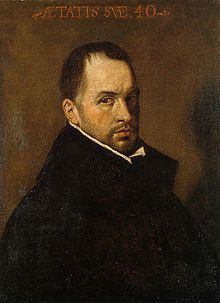
Francisco de Rioja (born at Seville, 1583; died at Madrid, 1659) was a Spanish poet. Rioja was a canon of Seville Cathedral and a member of the Spanish Inquisition.

Francisco de Rioja (born at Seville, 1583; died at Madrid, 1659) was a Spanish poet. Rioja was a canon of Seville Cathedral and a member of the Spanish Inquisition.
Quintana considers his poems the first attempts at descriptive poetry in the Castilian language. The style is original, the thoughts beautifully expressed, the taste refined, and the versification well adapted and harmoniously blended with the theme. Menéndez y Pelayo writes that Rioja's "Ode to Summer", and those "To Tranquillity", "To Constancy," "To Riches" and "To Poverty" are, after the lyrics of Fray Luis de León, the best moral odes in Castilian poetical treasure.
The ode "A las ruinas de Italia", which belongs to Rodrigo Caro, and the "Epístola moral", whose author is probably Francisco de Andrada, were earlier ascribed to Rioja.
"Pura, encendida rosa" was translated into English by Jeremiah Holmes Wiffen as "The Rose" (1823). [1]
Castile or Castille is a territory of imprecise limits located in Spain. The use of the concept of Castile relies on the assimilation of a 19th-century determinist geographical notion, that of Castile as Spain's centro mesetario with a long-gone historical entity of diachronically variable territorial extension.

Marcelino Menéndez y Pelayo was a Spanish scholar, historian and literary critic. Even though his main interest was the history of ideas, and Hispanic philology in general, he also cultivated poetry, translation and philosophy. He was nominated for the Nobel Prize in Literature five times.

Antonio Cipriano José María y Francisco de Santa Ana Machado y Ruiz, known as Antonio Machado, was a Spanish poet and one of the leading figures of the Spanish literary movement known as the Generation of '98. His work, initially modernist, evolved towards an intimate form of symbolism with romantic traits. He gradually developed a style characterised by both an engagement with humanity on one side and an almost Taoist contemplation of existence on the other, a synthesis that according to Machado echoed the most ancient popular wisdom. In Gerardo Diego's words, Machado "spoke in verse and lived in poetry."

Luis de León, was a Spanish lyric poet, Augustinian friar, theologian and academic.
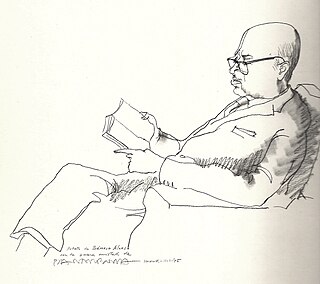
Dámaso Alonso y Fernández de las Redondas was a Spanish poet, philologist and literary critic. Though a member of the Generation of '27, his best-known work dates from the 1940s onwards.
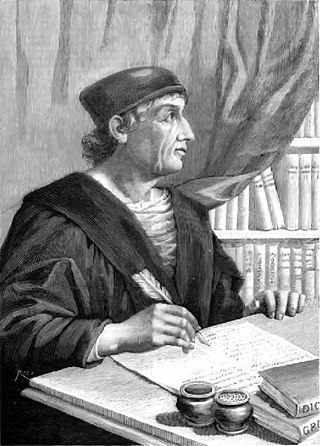
Antonio de Nebrija was the most influential Spanish humanist of his era. He wrote poetry, commented on literary works, and encouraged the study of classical languages and literature, but his most important contributions were in the fields of grammar and lexicography. Nebrija was the author of the Spanish Grammar and the first dictionary of the Spanish language (1495). His grammar is the first published grammar study of any modern European language. His chief works were published and republished many times during and after his life and his scholarship had a great influence for more than a century, both in Spain and in the expanding Spanish Empire.

Fernando de Herrera (~1534–1597), called "El Divino", was a 16th-century Spanish poet and man of letters. He was born in Seville. Much of what is known about him comes from Libro de descripción de verdaderos retratos de illustres y memorables varones (1599) by Francisco Pacheco.
Juan Martínez de Jáuregui y Aguilar was a Spanish poet, scholar and painter in the Siglo de Oro.
Romanticism arrived late and lasted only for a short but intense period, since in the second half of the 19th century it was supplanted by Realism, whose nature was antithetical to that of Romantic literature.
Spanish Enlightenment literature is the literature of Spain written during the Age of Enlightenment.

José Luis Vega is a Puerto Rican poet.
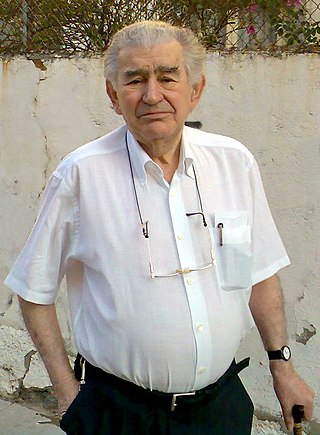
Antonio Gamoneda Lobón is a Spanish poet, winner of the Cervantes Prize in 2006.
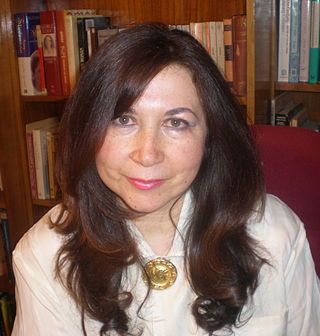
Beatriz Villacañas is a poet, essayist and literary critic.
The Academia Antártica was a society of writers, poets and intellectuals—mostly of the criollo caste—that assembled in Lima, Peru, in the 16th and 17th centuries. Their objective was to author a body of literature that matched or surpassed that of Europe's and would prove that literariness indeed thrived in Spain's remotest colonies. Members of this collective together published several anthologies of original writings and translations, the most famous of which are the Primera parte del Parnaso Antártico de obras amatorias and the Segunda parte del Parnaso Antártico de divinos poemas. These are dated 1608 and 1617, respectively.
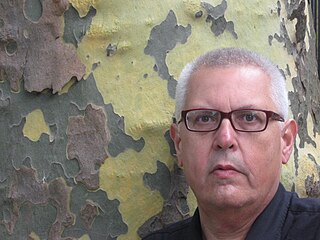
Víctor Rodríguez Núñez is a Cuban poet, journalist, literary critic and translator.
Julieta Valero is a Spanish poet who writes in Spanish.

Jeremiah Holmes Wiffen (1792–1836) was an English poet and writer, known as translator of Torquato Tasso.
Manuel Mantero is a Spanish professor and writer. In 1969, Mantero moved to the United States and continued his work as a professor.
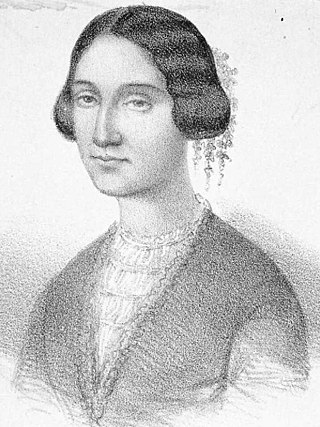
Dolores Cabrera y Heredia was a Spanish Romantic poet and novelist. A native of Aragon, she moved throughout Spain first following her father, then her husband. She showed an early aptitude for poetry and wrote for most of her life.
Manuel Álvarez Ortega was a Spanish poet, translator, writer, and veterinarian. He was the director and founder of the journal Aglae, which circulated between 1949 and 1954. He wrote many of his works in Madrid, the city where he lived starting in 1951.
![]() This article incorporates text from a publication now in the public domain : Herbermann, Charles, ed. (1913). "Francisco de Rioja". Catholic Encyclopedia . New York: Robert Appleton Company.
This article incorporates text from a publication now in the public domain : Herbermann, Charles, ed. (1913). "Francisco de Rioja". Catholic Encyclopedia . New York: Robert Appleton Company.